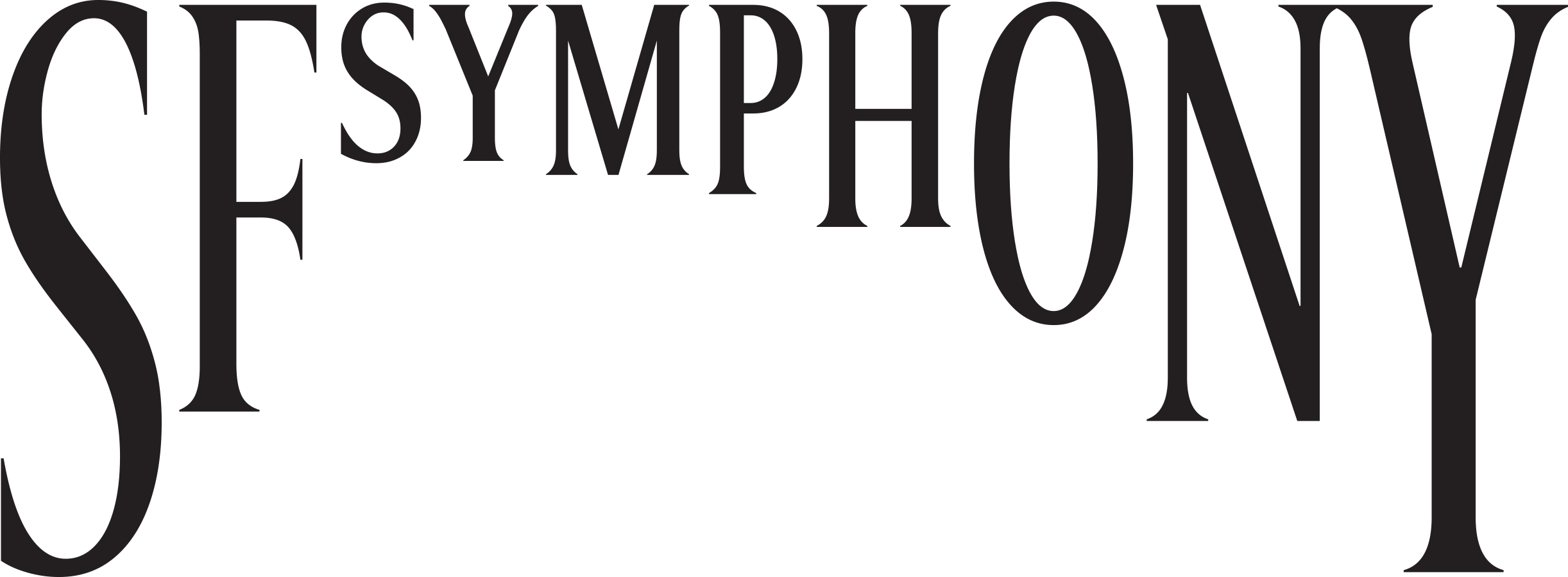Flexible Spending Accounts (FSAs) Through BASIC
Flexible Spending Accounts (FSAs) allow you to pay for eligible expenses using tax-free dollars. Important: There is a “use it or lose it” rule imposed by the IRS. If you do not spend all the money in your FSA by March 31 of the following year for expenses incurred from January 1 – December 31, unused dollars will be forfeited per IRS regulations for pretax contributions.
BASIC FSA
A Healthcare FSA allows you to set aside tax-free money to pay for healthcare expenses you expect to have over the coming year.
How The BASIC FSA Plan Works
- You estimate what your and your dependents’ out-of-pocket costs will be for the coming year. Think about what out-of-pocket costs you expect to have for eligible expenses such as office visits, surgery, dental and vision expenses, prescriptions, and certain drugstore items.
- You can contribute up to $3,300, the annual limit set by the IRS. Contributions are deducted from your pay pretax, meaning no federal or state tax on that amount.
- During the year, you can use your FSA debit card to pay for services and products. Withdrawals are tax-free as long as they’re for eligible healthcare expenses.
Estimate Carefully!
If you don’t spend all the money in your account, you forfeit the leftover balance at the end of the year.
Potential Tax Savings
Because FSA contributions are pre tax, they reduce the total amount of your income the government makes you pay taxes on. Tax savings vary depending on filing status and other variables, but here’s an example using single filer status and marginal federal income tax rates:
The Two Types of FSAs Are:
Plan Information
Plan Name: XXXX
Policy Number: #XXXX
Effective Date: XX/XX/XXXX
Network: XXXX
Healthcare FSA
Contribute up to $3,300 per year, pretax, to pay for copays, prescription expenses, lab exams and tests, contact lenses and eyeglasses.
Dependent Care FSA
Contribute up to $5,000 per year ($2,500 if married and filing separate tax returns), pretax, to pay for daycare expenses associated with caring for elder or child dependents that are necessary for you or your spouse to work or attend school full-time. You cannot use your Healthcare FSA to pay for Dependent Care expenses.
Use It or Lose It
Note: There is a “use it or lose it” rule imposed by the IRS. If you do not spend all the money in your Healthcare, Limited Purpose or Dependent Care FSA by March 31 of the following year for expenses incurred from January 1 – December 31, unused dollars will be forfeited per IRS regulations for pretax contributions.
Are You Eligible?
You don’t have to enroll in one of our medical plans to participate in the healthcare FSA. However, if you or your spouse are enrolled in a high deductible health plan (like our Blue Shield/DHS HDHP, you can only participate in the Limited Purpose FSA for dental and vision expenses.
How Much Could You Save?
Here’s an example. Let’s say Tom decides to set aside $2,000 in an FSA for the year. Normally, on that money, he’d pay $560 in federal income tax, $100 in state income tax, and $153 in FICA tax. So, by contributing that $2,000 to his FSA, he’ll get an $813 tax savings for the year.
Without the FSA, Tom would pay:
- 28% in federal income tax: $560 savings
- 5% in state income tax: $100 savings
- 7.65% in Federal Insurance Contributions Act (FICA) tax: $153 savings
His total tax savings for the year with an FSA: $813
